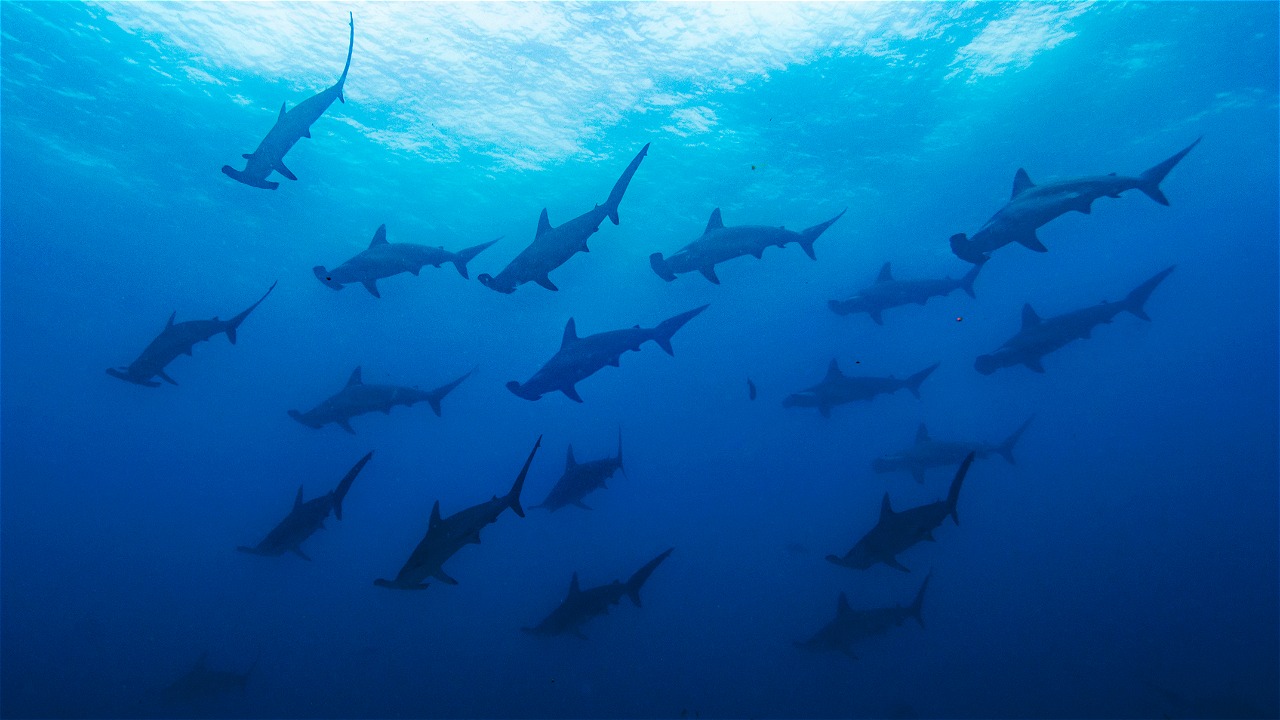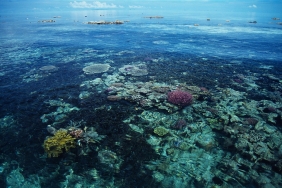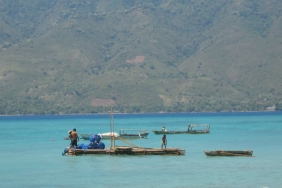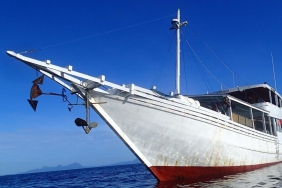MARINE PROTECTED AREA FOR SHARKS
One of the conservation efforts for shark species on the IUCN red list is to encourage Marine Protected Areas (MPAs) for shark protection, otherwise known as Marine Protected Areas (MPAs) for Sharks.
These MPAs seek to implement controls on shark fishing, especially small sharks and pregnant sharks. Alternative utilization can be extractive, such as through marine tourism (snorkeling and diving).
Through marine tourism schemes, information on species occurrence; species abundance and biomass; sex ratios; and shark behavior are important factors in data collection to support sustainable management of shark species in an area.
In support of MPA for Sharks, WWF also conducts shark data collection at fish landing sites in the MPA area. This seeks to record the types of sharks and rays that may come from direct utilization by fishers from the MPA area. This can inform whether the sharks and rays caught are target or bycatch and the fishing gear that potentially catches these species, as well as where they are caught.
With the transfer of shark and ray utilization to extractive, in this case in the tourism sector, it does not rule out the possibility of increasing the number of tourists in shark and ray dive sites that have a high number of encounters. this can have an effect on the behavior and occurrence rate of these biota, plus if you do not follow how to interact with biota properly.
The study of tourism carrying capacity for sharks and rays was carried out to support the concept of MPA for sharks, a study better known as carrying capacity can manage dive site locations by limiting the number of tourists diving or snorkeling according to the carrying capacity of shark and ray biota at that location. so that comfort in traveling can not only be obtained by tourists, but especially to the biota itself.





